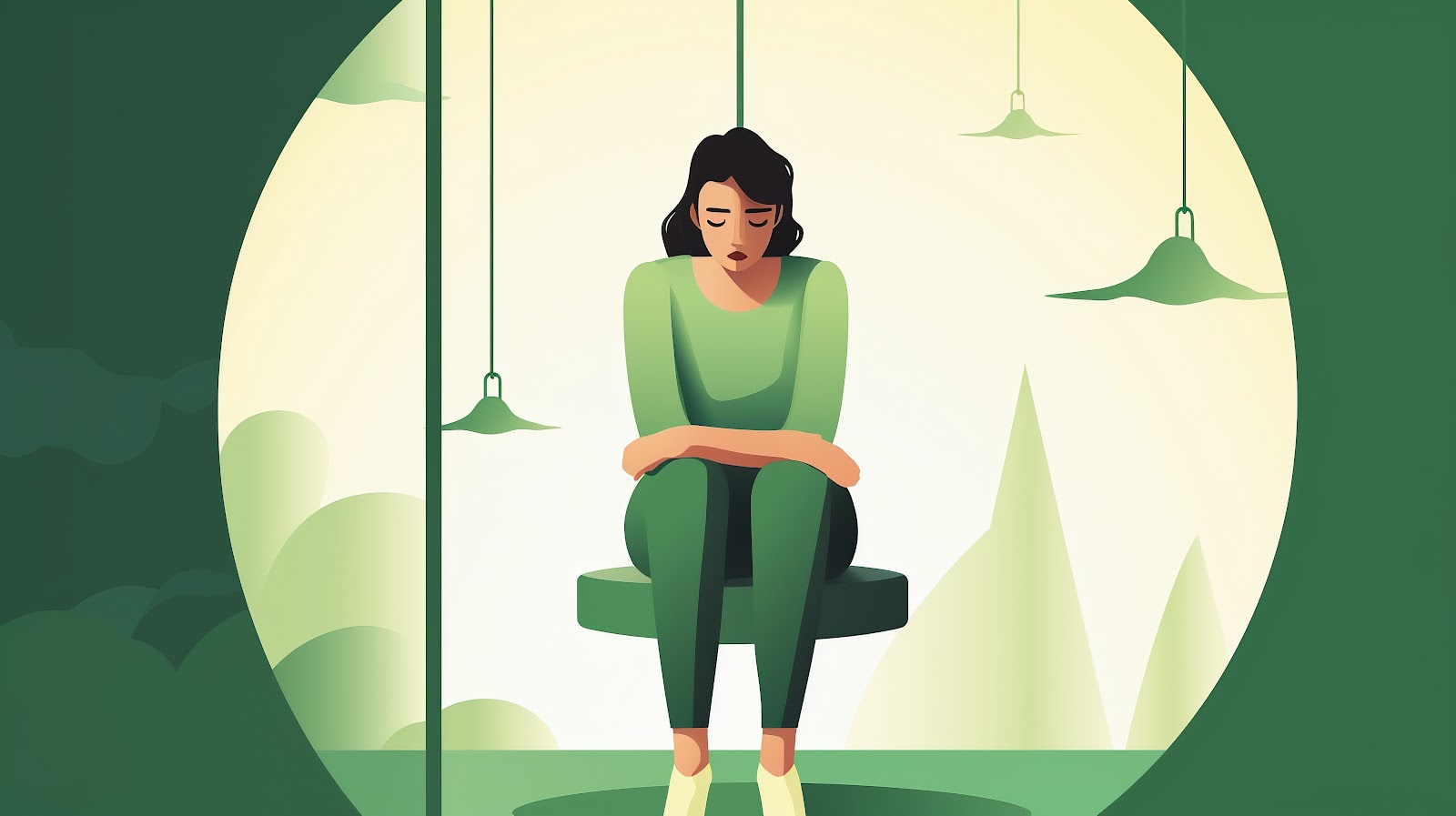Positive Airway Pressure (PAP) therapy is a common and effective treatment for sleep disorders like obstructive sleep apnea (OSA), where breathing repeatedly stops and starts during sleep.
PAP therapy uses a machine to deliver a constant flow of pressurized air through a mask worn over the nose or mouth.
This airflow keeps the airway open, allowing for normal breathing and uninterrupted, restorative sleep.
Yet, while PAP therapy can be life-changing, it requires adjusting to sleeping with PAP equipment like a mask and hose.
This leads some individuals to experience anxiety about PAP therapy or experience CPAP claustrophobia when attempting to utilize their CPAP machine.
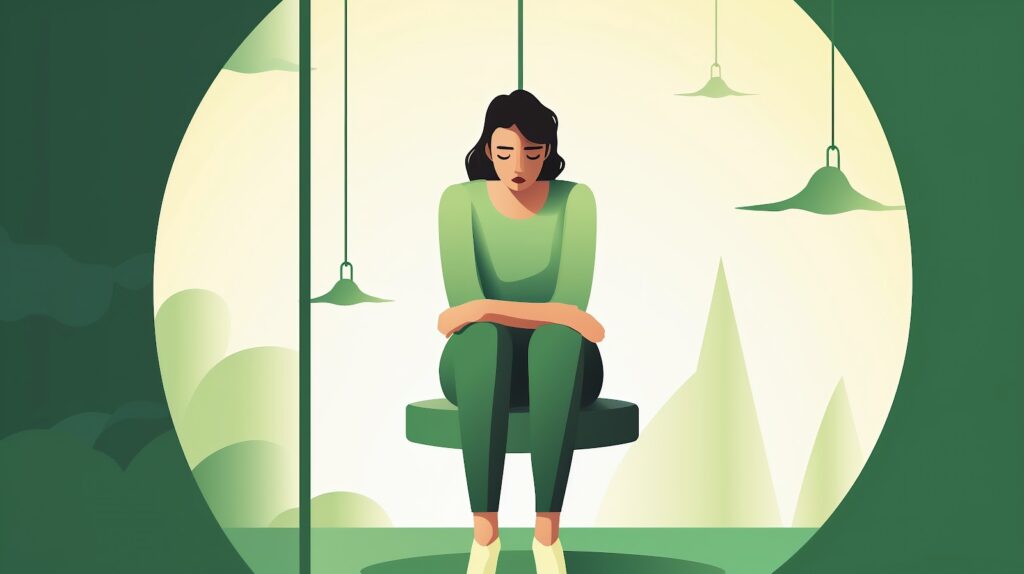
However, there is hope to alleviate this anxiety and overcome CPAP claustrophobia to enjoy the benefits of PAP therapy, restore your sleep, and improve your quality of life.
In this guide, we’ll look at some of the root causes of claustrophobia, panic attacks, and anxiety when using a CPAP machine, as well as the many strategies and resources available to help overcome these obstacles and make therapy a comfortable part of your nightly routine.
Understanding CPAP Claustrophobia
Many people experience a sense of being confined or trapped when wearing a CPAP mask.
This sensation is sometimes called CPAP claustrophobia, and it’s more common than you might believe.
Claustrophobia comes from the Latin word claustrum, which means “a closed-in place” and speaks to the heart of the feeling: a sensation of being trapped and unable to escape.
Wearing a PAP mask can trigger anxiety and claustrophobia in some users.
The mask’s tight fit and the airflow’s positive pressure against your breath as you exhale may create a sensation of restricted breathing.
General anxiety about PAP therapy is also common.
Concerns about getting used to sleeping with the equipment, worry about it working correctly, or embarrassment about partners witnessing PAP use can also provoke anxiety.
While claustrophobic reactions are instinctive, there are techniques you can practice to gain control over them and make therapy feel less intimidating.
There’s No Need to Fear
It’s understandable to fear anything obstructing your breathing during slumber.
But here’s the good news: suffocation isn’t possible when wearing CPAP masks.
These devices are designed to ensure proper airflow and are rigorously tested to meet regulatory requirements for use as medical devices.
We’re talking about years of design, development, and testing going into any new CPAP, BiPAP, or APAP machine model.
Hoses are designed to prevent kinks and resist collapse.
At the same time, CPAP mask designers include vents for the exhalation and dispersal of carbon dioxide on the mask cushions to avoid airway obstruction.
Ironically enough, using a CPAP mask is far safer than continuing to live with untreated sleep apnea.
The Importance of Choosing the Right CPAP Mask
There are many techniques available to help alleviate CPAP anxiety and claustrophobia.
However, before diving into those, we want to discuss one of the most accessible adjustments you can make.
Better still, it’s incredibly effective, making it an easy recommendation as one of the first things to try if you’re finding that CPAP claustrophobia is creeping in or you’re anxious before settling down to don your CPAP mask before bed.
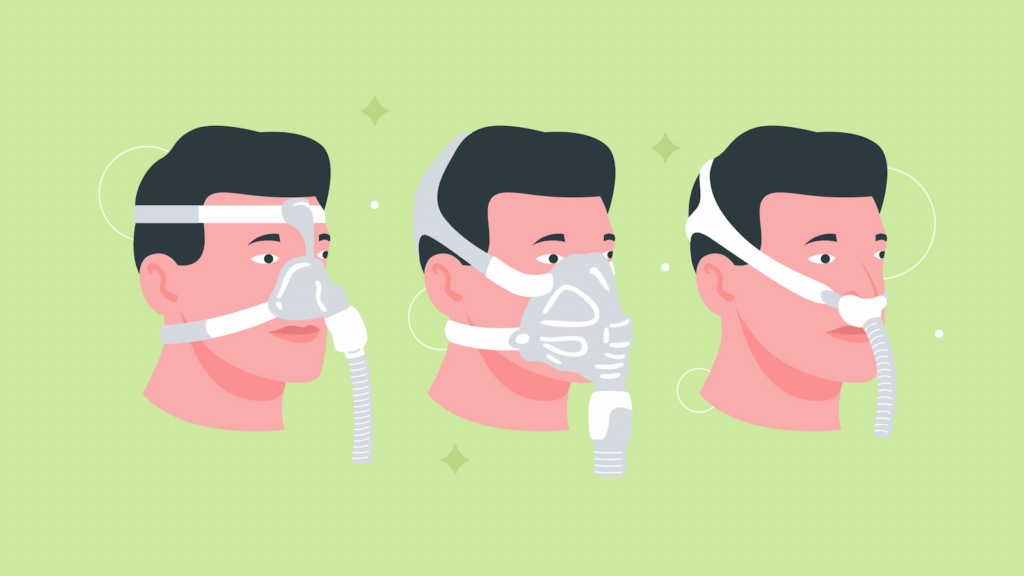
The right mask can make all the difference.
When it comes to CPAP masks, different mask types offer patients comfort in different ways.
Let’s look at the three most common mask designs briefly.
Nasal Masks
A nasal mask covers the nose only, secured by straps around the head.
Many find this style less confining than a full-face option.
However, if you’re prone to nasal congestion, it can make breathing feel labored and reduce therapy effectiveness.
See Also: Guide to Nasal Masks
Full Face Masks
Full face masks cover the nose and mouth in an oval-shaped seal, held on by side straps or a cap.
While secure, the tight fit can worsen claustrophobia for some.
However, this is an excellent option if you breathe through your mouth frequently, as a full face mask covers both if you switch from nose to mouth (or vice versa) in your sleep.
See Also: Guide to Full Face Masks
Nasal Pillow Masks
Nasal pillows use soft silicon cushions that fit directly into the nostrils and headgear to secure the mask and nasal pillows in place.
The minimal design offers a less confined feeling as the nasal mask covers only the bottom of the nose, extending down toward the upper lip.
This reduced footprint can help reduce anxiety.
However, air leaks are more likely, making these masks less suited for high-pressure prescriptions.
See Also: Guide to Nasal Pillow Masks
NOTE: For a complete comparison of mask types and their benefits (including recommendations based on preferred sleep position), check our guide, “The Best CPAP Mask Types for Every Type of Sleeper (Mask Types Compared).”
Don’t Forget CPAP Mask Sizing
Within each mask design and model, there are also a variety of sizes.
If you need more clarification about the ideal size for your facial structure, check the manufacturer’s website for each mask design you’re considering.
Most include measuring guides and tools you can print out and use to find the ideal fit.
Of course, you can also talk to an experienced CPAP supply provider.
With some general measurements and an understanding of what you’re looking for, they can point you toward options best suited for your face shape, prescription, and preferences.
Some kits include multiple sizes and “for women” models with slimmer, smaller dimensions to suit petite faces better.
There are even CPAP masks for kids!
It might take some time to find the perfect fit for you, but choosing a well-fitting mask of the right design doesn’t simply help to reduce that panicky feeling that’s making you uncomfortable.
It can help to minimize skin irritation and prevent air leaks too.
Dealing with CPAP Claustrophobia, Fear, and Anxiety
Understandably, the thought of CPAP treatment might create fear or anxiety when you’re new to therapy.
It’s an unknown experience that involves strapping a silicone mask to your face and then trying to fall asleep!
Coupled with panic attacks or that panicky feeling making therapy adherence difficult, the experience can be overwhelming initially.
Fortunately, some straightforward approaches exist to help minimize anxiety and acclimate to your CPAP equipment for better treatment compliance, increased health benefits, and long-term success.
Don’t let a CPAP mask bother you.
You’re not alone in this journey.
You can do it.
Taking Small Steps: Getting Accustomed to Your Equipment
For some, suddenly needing to sleep every night with a mask on their face that forces air down their throat can stir up feelings of anxiety.
But there are ways to acclimate to the equipment that can minimize fearful reactions slowly.
You can start by wearing the mask and turning on the PAP machine while awake and upright.
Sit in a comfortable chair and do an activity you enjoy, such as reading, watching television, or playing a favorite video game.
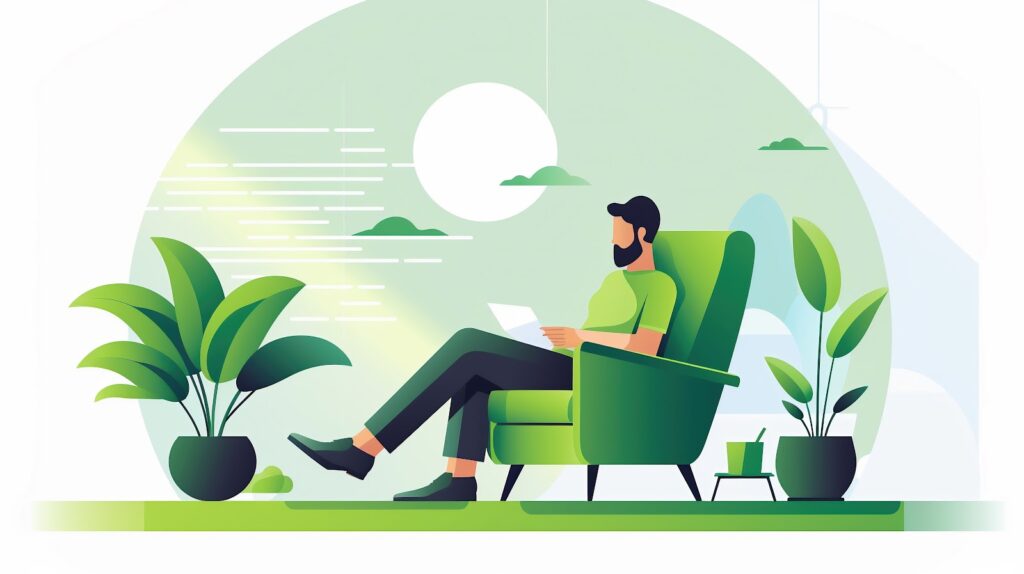
Start small, wearing your mask for five to 10 minutes.
As this becomes easier, increase the amount of time you wear your mask.
Take a deep slow breath and then exhale fully.
You’d be surprised how quickly you can adjust and reach an hour or more of use without discomfort.
But don’t push the pace too quickly.
Pushing too hard could lead to anxiety spikes and slow your overall progress.
Once you can wear the mask for an hour or longer without anxiety, try napping while wearing your CPAP mask during the day.
This provides a low-stakes opportunity to test your response and allow your body and mind to approach this new addition to your sleep routine gently.
It also gives you opportunities for small successes to spur your confidence and bolster your progress.
Even once you’re ready to start using PAP therapy all night, continue to take things slowly.
Turn on the machine but delay putting on the mask for the first part of the night.
Work to gradually fall asleep a little earlier with the mask each night until you can sleep through the entire night.
With time and consistency, PAP therapy can go from feeling foreign and scary to becoming a normal part of your bedtime routine.
Calming Your Nerves: Breaking the Anxiety Cycle with Soothing Breathing Techniques
One of your body’s natural responses to anxiety or claustrophobia is rapid, shallow breathing or holding your breath altogether.
When paired with the increased pressure of a CPAP mask, this can further aggravate anxiety and create a cycle of ever-spiraling worry, fear, and discomfort.
Fortunately, making a conscious effort to breathe fully and deeply can activate the body’s relaxation response and reduce these distressing sensations quickly and effectively.
Here are three breathing exercises you can try during the day to get comfortable with the techniques.
Then use them at night when you begin using your PAP therapy equipment to stay calm (or anytime you’re feeling anxious!)
- Diaphragmatic Breathing: Place one hand on your chest and one on your stomach. Inhale slowly through your nose, feeling your stomach press into your hand. Exhale slowly through pursed lips. This should move your lower belly, not your chest.
- Square Breathing: Inhale for four counts, hold for four counts, and exhale for four counts. Repeat the cycle, keeping the inhales, holds, and exhales even. The structured pattern and diverted focus can help distract from anxious thoughts.
- Alternate Nostril Breathing: Gently press one nostril closed while inhaling through the other for four counts. Switch sides, closing the open nostril and releasing the other. Repeat, alternating sides. This activates the parasympathetic nervous system, counteracting the “fight or flight” impulses of CPAP-related claustrophobia and anxiety.
When anxiety ramps up, pause and take a few minutes to focus on deep, even breaths.
Breathing with intention can work wonders in calming the mind and body, making PAP therapy feel less intimidating and encouraging deeper, more restful sleep.
It’s a win-win!
Quieting Your Mind: The Benefits of Mindfulness and Meditation
Anxiety, worry, and fear often originate from repetitive negative thoughts and emotions that spiral out of control.
In the case of claustrophobia, these thoughts typically center around suffocation or inability to breathe while asleep.
Practicing mindfulness and meditation can short-circuit this cycle by training your mind to stay calmly rooted in the present moment instead of worrying about what will happen while you sleep.
You’ve probably heard these terms before—maybe even together. But what do they mean, and what is the difference between them?
Mindfulness teaches you to observe your thoughts, emotions, and sensations as they arise without judging them as good or bad.
This creates mental space between you and your reactions, allowing you to respond thoughtfully rather than reflexively.
To build mindfulness, set aside 5-10 minutes daily to focus solely on your senses and bodily sensations.
Notice sights, sounds, tastes, and how your body feels without labeling them, allowing yourself to remain anchored in the present diluting feelings of anxiety.
Formal meditation involves assuming a comfortable posture, focusing your attention, and redirecting it when your mind wanders.
This strengthens your capacity to stay present.

Try meditating for a few minutes when you put on your PAP mask and turn on your CPAP machine.
Focus on your breathing while acknowledging anxious thoughts and letting them pass without following or resisting them.
Consistency is key for both mindfulness and meditation.
With regular practice, you can cultivate calmness and clarity to manage anxieties related to adjusting to PAP therapy.
Leaning on Your Support Group: Friends, Family, Doctors, and More
Remember that you’re not alone on your CPAP journey.
Not only do you have friends and family that can reassure you, but you also have a primary care provider and possibly a sleep specialist that can provide reassurance, help you dial in settings, and work with you within the constraints of your specific needs to help create solutions that help you enjoy your PAP therapy benefits to their fullest.
If your efforts at home aren’t working as well as you’d like, contact your healthcare team or CPAP supply store and ask questions.
Tell them about your specific fears and concerns, ask questions about ways to potentially avoid your most obvious triggers, and ask if they have any resources or recommendations to help address claustrophobia and anxiety related to PAP therapy.
Some medical facilities and sleep laboratories even have CPAP support groups so that you can share your experiences and learn from others who are struggling with similar issues and seeing results.

If you can’t find a local in-person support group, consider finding an online support group on sites like Facebook, Reddit, or Internet forums.
Just be sure to use due diligence before putting any of their recommendations to use!
Frequently Asked Questions about Overcoming CPAP Claustrophobia and Anxiety
What causes claustrophobia and anxiety with CPAP therapy?
CPAP claustrophobia and anxiety can arise from the tight fit of the mask, pressurized airflow, and overall sensation of confinement. General anxiety about using new medical equipment and worries about getting used to therapy may also contribute. Claustrophobic reactions are natural but manageable through a variety of techniques.
Are suffocation or other breathing issues actually possible with CPAP masks?
No, CPAP masks are rigorously designed and tested for safety. The pressurized air from the CPAP machine makes it impossible to suffocate. However, the masks can create a distressing sensation of restricted breathing in some users. This is a psychological reaction rather than a physical breathing impairment.
What’s the best way to get used to CPAP equipment?
You can start by wearing your mask for short periods during the day to acclimate gradually. Slowly increase the duration as you get more comfortable. Also, try practicing relaxation techniques like deep breathing while wearing your equipment. Taking small steps is key to getting accustomed to therapy.
How can I tell if my CPAP mask and size are suitable for me?
An improper mask fit can worsen feelings of confinement. Consult sizing guides for your mask model and work with your CPAP supply provider to find the best match for your face. Look for options with minimal contact areas or flexible materials to reduce claustrophobia triggers.
Can medications help treat CPAP claustrophobia and anxiety?
Your doctor may recommend short-term anti-anxiety medications as you transition to nightly CPAP use. These can reduce panic and help you stay compliant with therapy until you adapt. Don’t take any medicines without your physician’s guidance.
What relaxation techniques help overcome CPAP anxiety?
Diaphragmatic breathing, meditation, mindfulness, and progressive muscle relaxation can all help activate your parasympathetic nervous system to mitigate anxiety and panic. Try them anytime you feel distressed with your CPAP equipment.
Who can I talk to if I’m struggling with CPAP claustrophobia?
Your healthcare providers and equipment supplier are there to help. Discuss your concerns openly so they can suggest adjustments to make therapy more tolerable. Joining support groups also allows you to share tips with fellow CPAP users. You don’t have to tackle claustrophobia alone.
Conclusion
Adjusting to PAP therapy can understandably provoke anxiety or claustrophobic sensations at first.
But letting these feelings sabotage your treatment means missing out on refreshed, vibrant days ahead and continuing to struggle with the symptoms of untreated sleep apnea.
The path to CPAP success opens up with the right strategies and support.
Small steps like acclimating to your equipment while awake and practicing relaxing breathing can make a world of difference in combatting the discomfort and racing thoughts of CPAP claustrophobia.
Finding the optimal mask fit and type reduces triggers. And resources like online forums, friends, and healthcare providers encourage perseverance and provide a place to share your thoughts, worries, and concerns with peers going through similar experiences.
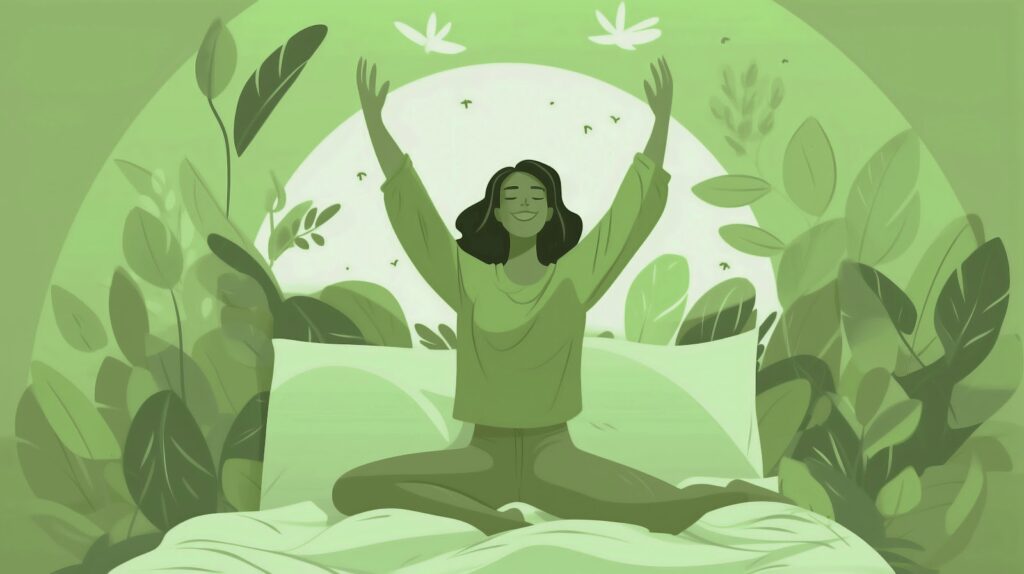
It may take time, but tiny gains build your resilience until waking up with a mask feels natural.
Don’t lose hope during challenging moments.
Consistency and commitment will always lead to progress.
Your health is worth the short-term struggle.
Relief from exhausted, restless nights awaits on the other side of those claustrophobic feelings.
You’ve got this!
If you, or someone dear to you, are navigating life with sleep apnea, rest assured that CPAP Supply is here to support you. We offer a range of new and refurbished CPAP machines, providing affordable and effective solutions tailored to each individual’s needs. Our high-quality products and dedicated customer service are geared towards enhancing your quality of life by providing a reliable therapy system. Take a proactive step towards prioritizing your health today, and discover the relief and comfort you deserve!

